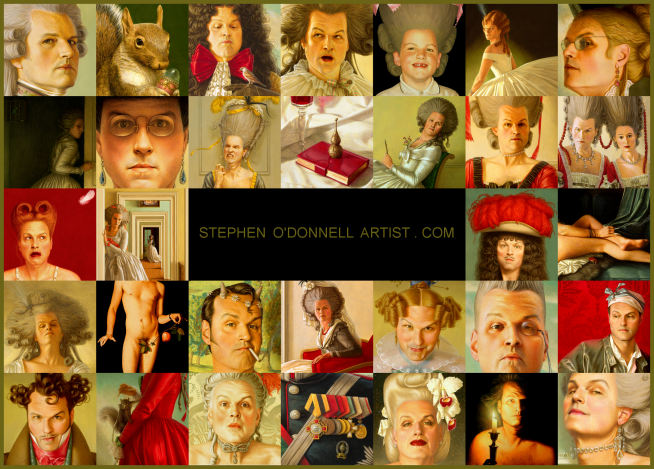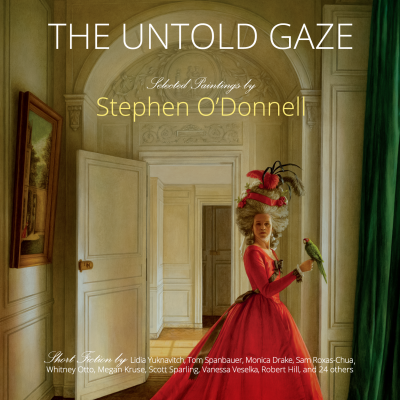 |
| These portraits were all taken during her marriage to Prince Wilhelm of Sweden, Duke of Södermanland, 1908-1914. |
 |
| I have no idea why, in this one portrait, her eye color is mismatched; I've never come across any mention of heterochromia related to Maria Pavlovna. |
This third painting, of which I've - frustratingly - never found a better, larger, uncropped version, is certainly a portrait of Maria Pavlovna, and almost certainly the work of Österman, but I've been unable to discover any documentation for it. (I apologize for the poor quality of the image.)
This next charming portrait by Österman is "presumed" to be a portrayal of the same subject, and I believe it is. The lighting is the same as in the first three examples; all of Österman's portraits of her were posed with basically the same lighting. The hair style and color - a wig or dressed and powdered - and the gown, reminiscent of eighteenth century styles, would signify fancy dress.
*
Speaking of gowns, the Grand Duchess was always very interested in clothes. In exile in Paris during the twenties, she would even start her own embroidery business, Kitmir, successful for a time, during which she worked closely with Chanel, among others designers. Some of her personal wardrobe remains in the collection of the Sörmlands museum, including the gown featured below. She can be seen here wearing the same gown as she posed once again for Österman - a fifth portrait, seen unfinished, its whereabouts are unknown - and the top of its bodice can be seen in the second portrait featured in this post.
Another digression: In the first portrait, seen in the Grand Duchess' hair is a diamond link necklace worn as a bandeau. The necklace was given to her by her aunt, the Grand Duchess Elisaveta Feodorovna. Both women were frequently photographed wearing the piece in its two configurations.
And because I can't seem able to stop my digressions, here are two post-Revolution portraits of Maria Pavlovna by artists I've never heard of.
 |
| Pencil sketch by Nicolas Paganiotti Zarokilli, 1919. |
 |
| Drypoint by Alex-Ceslas Rzewuski, 1925. |








.png)

























































